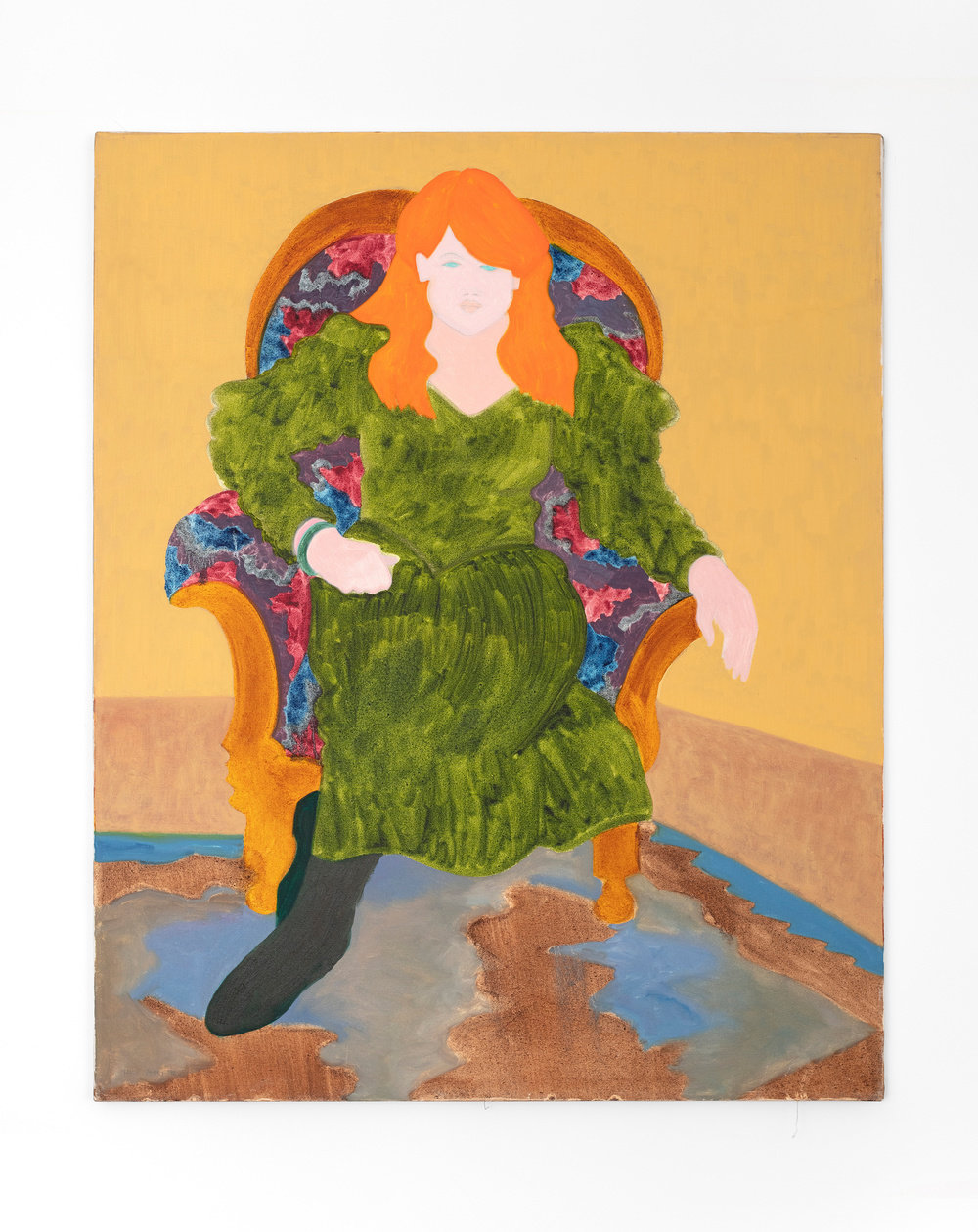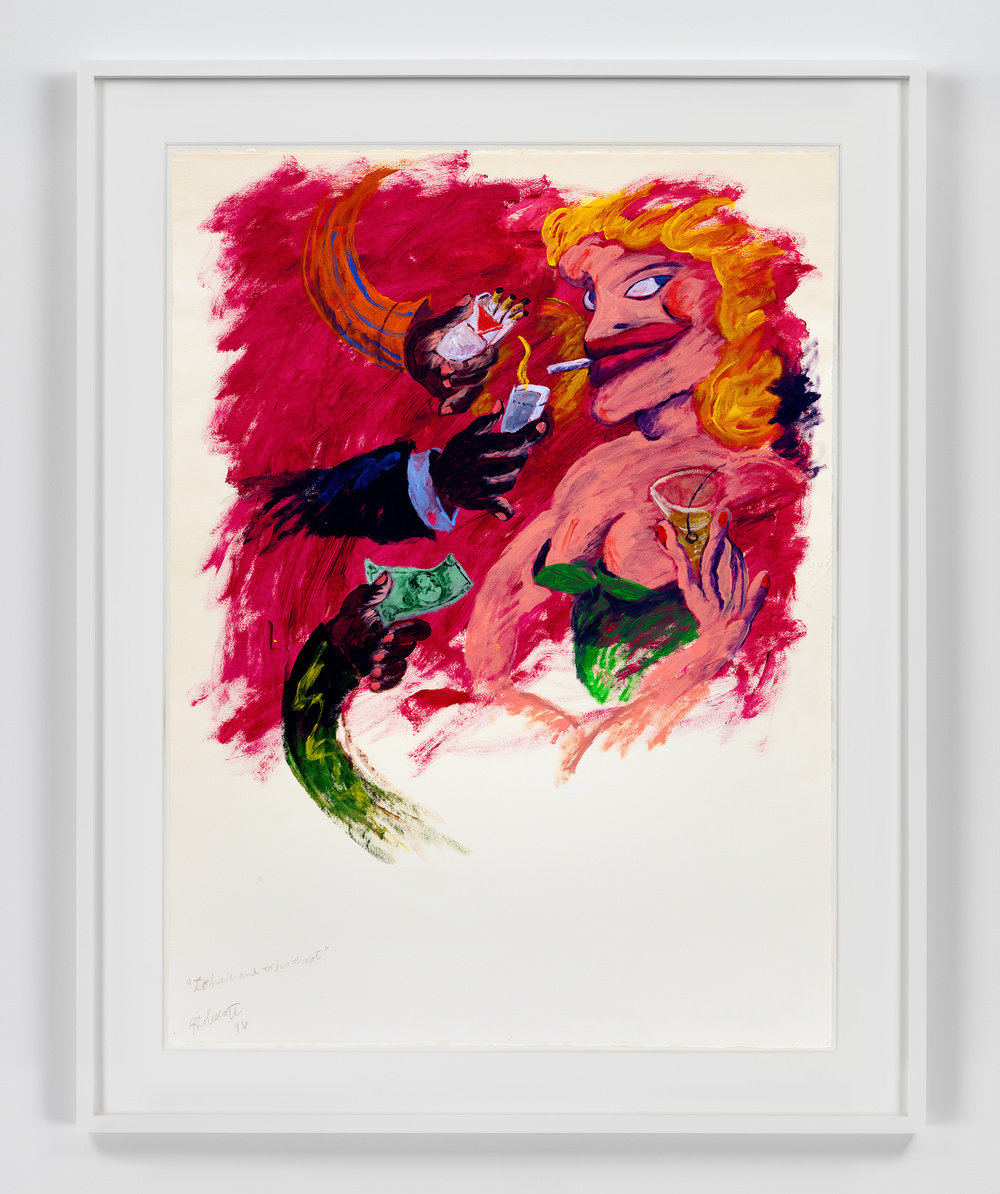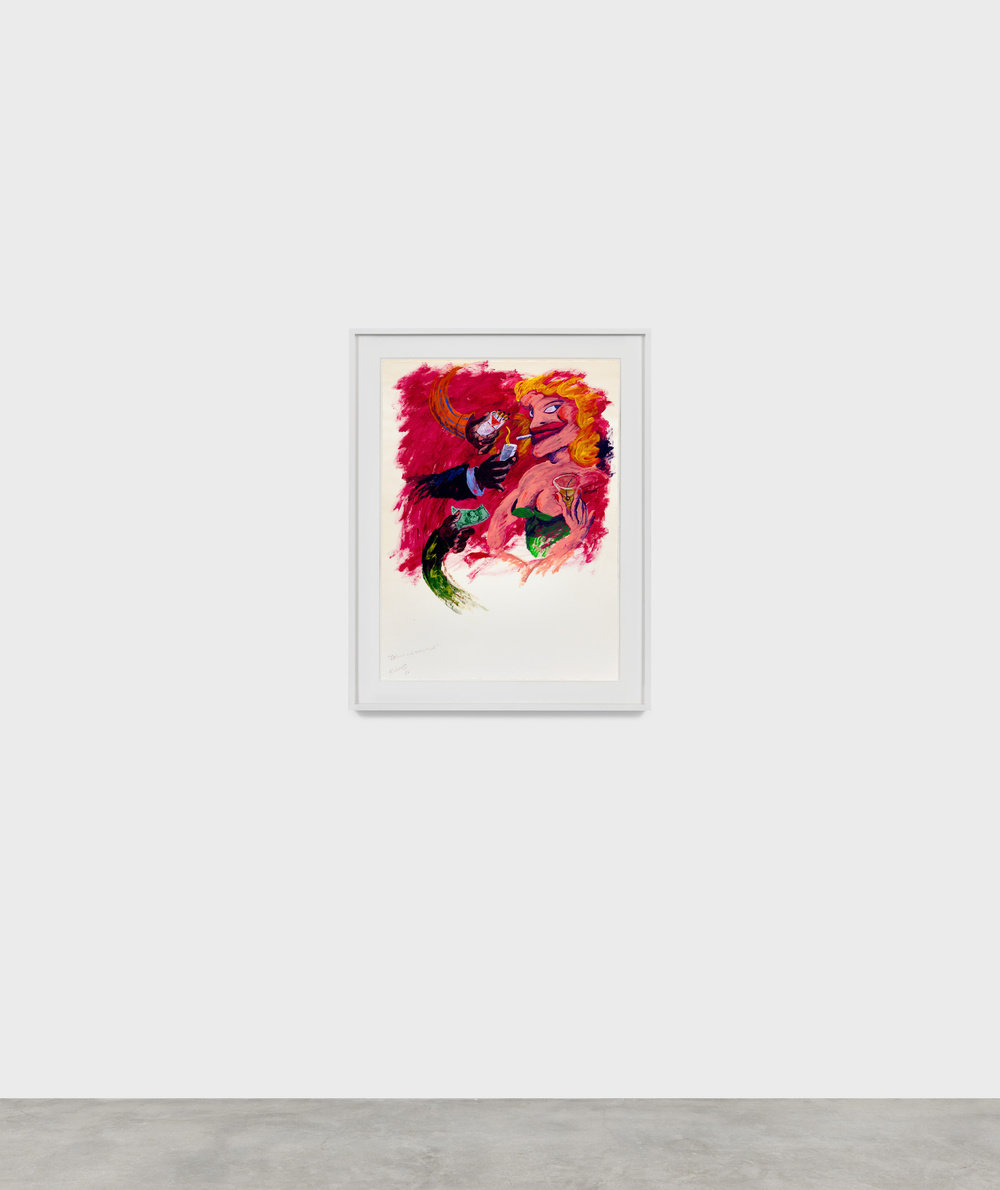

Blum & Poe Broadcasts presents six artworks selected by gallery staff members. This is the first in a series of online exhibitions showcasing work that has resonated with those who work intimately with these pieces.
To subscribe to our mailing list, please click here. To be in contact with our team, please follow the INQUIRE links below.
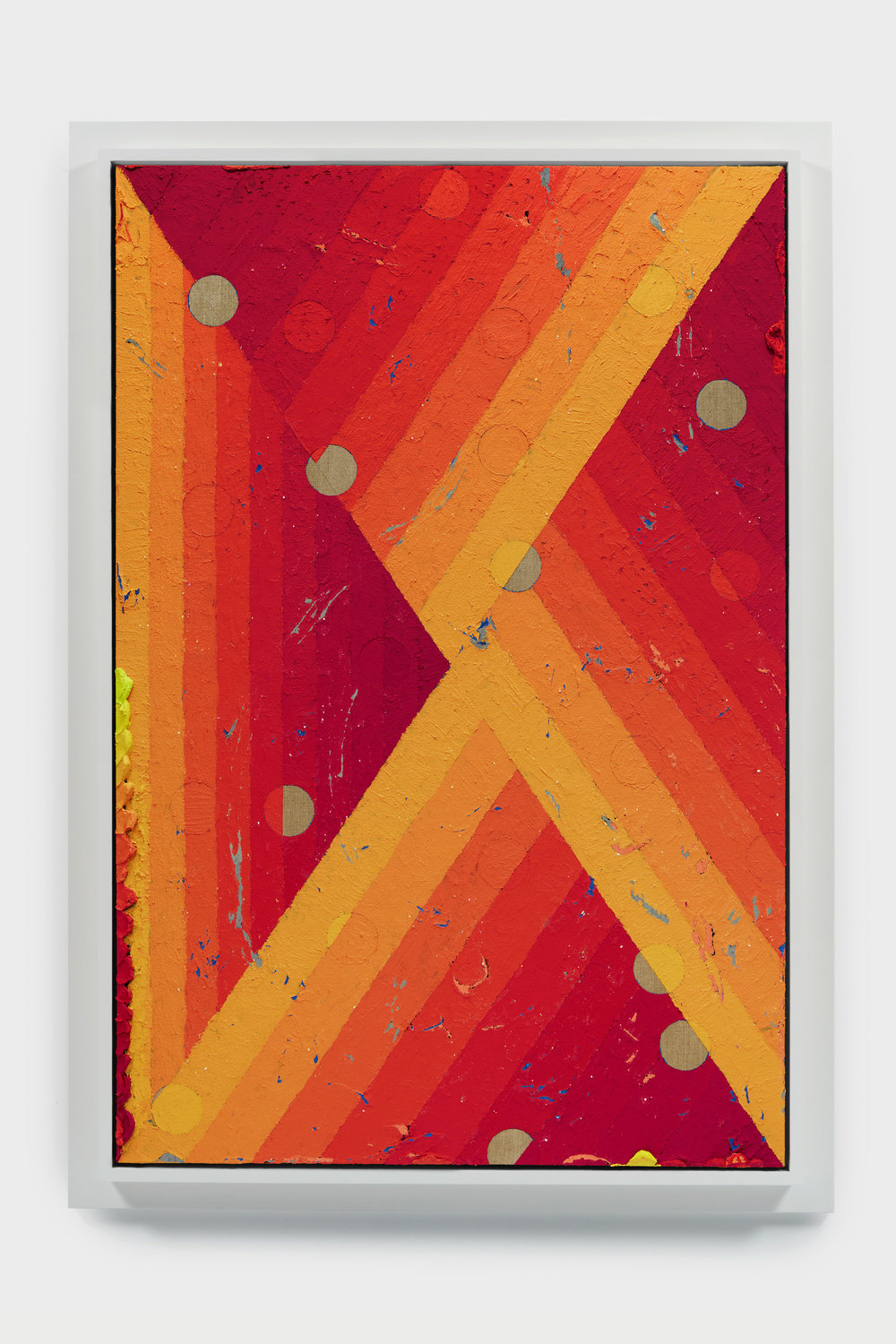
Julian Hoeber’s Execution Changes paintings are titled in alphanumeric code and constructed with specific guidelines adhering to an even 2 x 3 scale ratio. They have always interested me in that they combine formal rigorousness with loose and expressive execution. Hoeber has said about these works “Since my system hasn’t developed a rule for limiting method of execution, it is my responsibility to behave as if I have no rules in this regard. Call it conceptual art made by hand, because the hand is what conceptual art so often repressed. And also because it is just plain beautiful.”
— Isha Welsh, Los Angeles

Before his earliest photo series documenting immigrant youths in the outskirts of Paris, Mohamed Bourouissa studied painting at the Sorbonne, absorbing the traditions and strategies of picture making from Caravaggio and Delacroix. In 2014 the artist spent nearly a year in North Philadelphia, living among the young men of the Fletcher Street Urban Riding Club, a non-profit established over 100 years ago by African American cowboys. In Fairmount Park, 2015 the artist employs the formal mise-en-scène of Italian Baroque, but with a humanizing gaze and inquisitiveness all his own.
— Sam Kahn, Los Angeles


This portrait depicting the artist’s family member in a relaxed pose exactly thirty years ago, quietly and timelessly conveys a message that rings true now more than ever—the importance of the home as shelter and the connection with loved ones. March Avery was born in New York to painters Milton Avery and Sally Michel and has painted on a daily basis for the better part of the last eighty years. This painting offers an example of the artist’s mastery of art de vivre, her line between creation and life is indistinguishable and inspires the discovery of joy in everyday life.
— Marie Imai, Tokyo
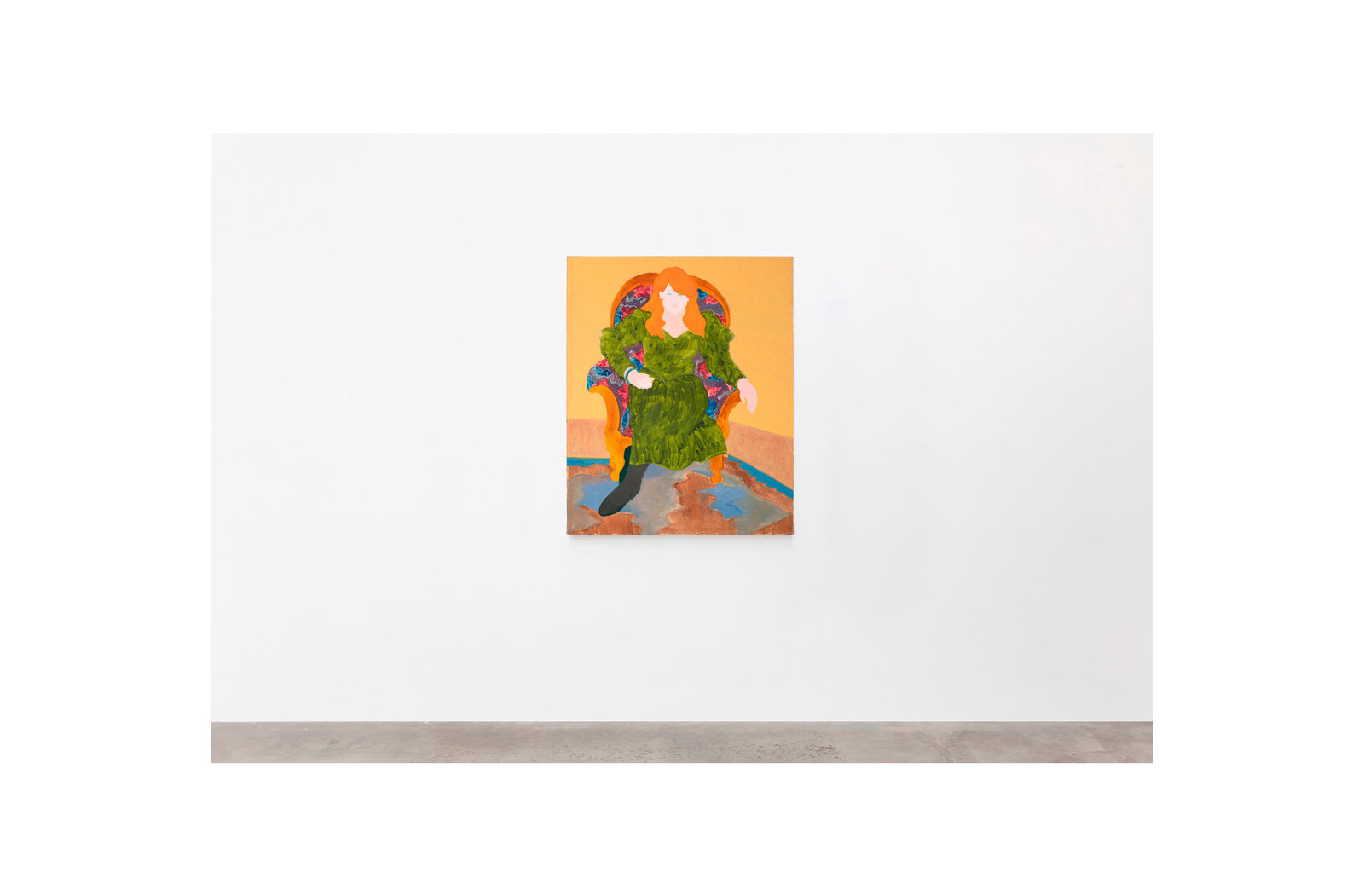

Destroy it All, 2010 is an ever evolving and relevant artwork. This was first exhibited in the aftermath of the 2007-2009 financial crisis. As a result of that time and stress, many of the working class and poorer members of society held an angst that could only be described by "Destroy it All." The conceptual crux of the artwork lies not only in the embedded quote but also in its own self destruction as seen in the cracking and chipping facade.
— Sam Scharf, Los Angeles
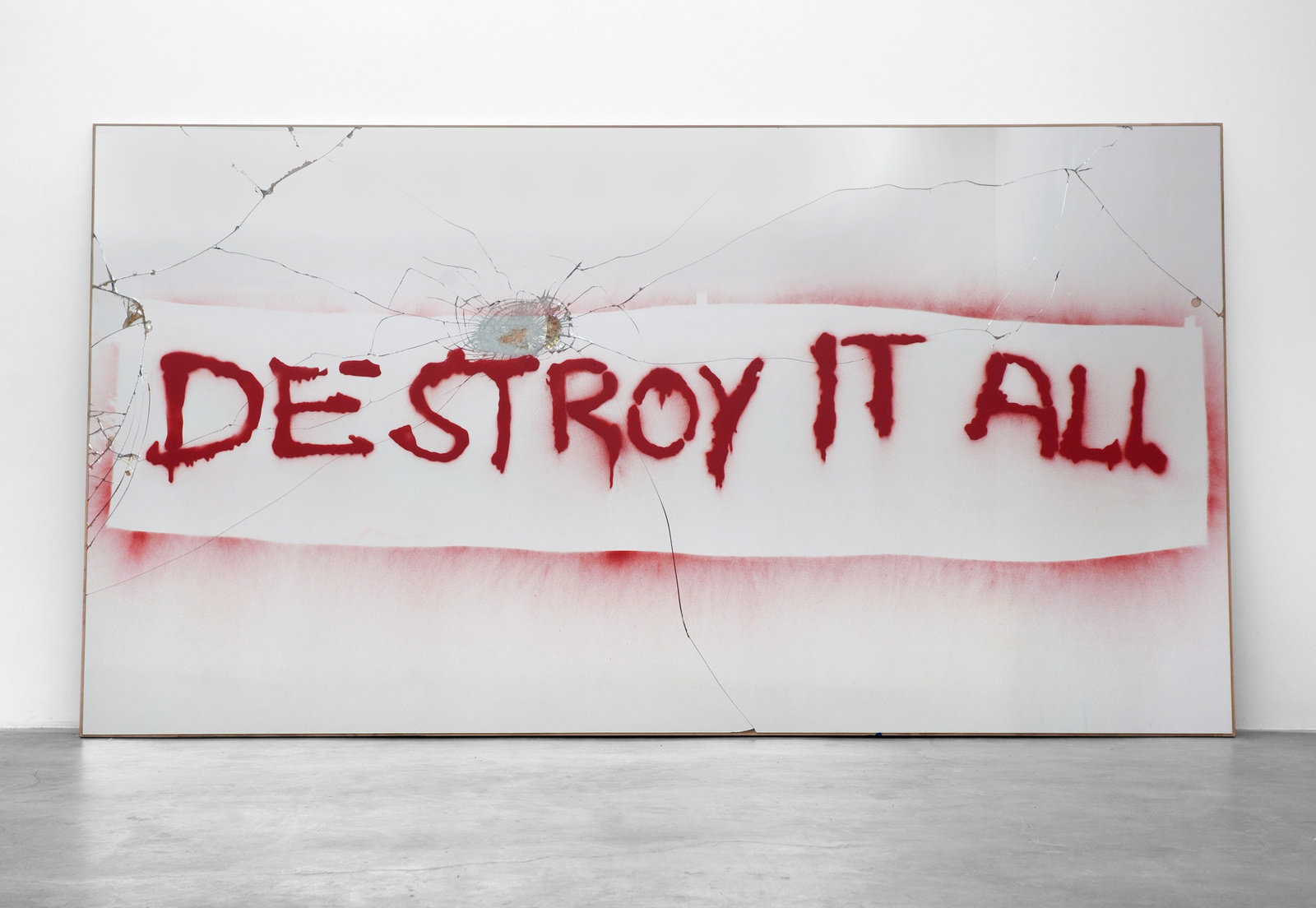

I first saw Robert Colescott’s work as a seventeen-year-old gallery intern in Chicago around the time of his exhibition at the United States Pavilion at the 1997 Venice Biennale. I couldn’t fully grasp the complexity of the work then, but remember being immediately intrigued by the rough figuration and its subversiveness. More than two decades later, Colescott’s work remains urgent and highly topical; shining a light on issues of racial inequity, gender politics, and social discord at a time when news cycles are saturated with catastrophe and fake news.
— Matt Bangser, New York
Solange Pessoa’s Brotoxōs is an example of the artist’s virtuosic ability to merge art and nature—what we think of as handmade, versus what we assume is naturally occurring. Brotoxōs complicates this distinction, bringing biomorphic ceramic bodies into an outdoor garden, but mounted on a wall to assert their hand-crafted origins. The works harmonize completely with both the desert colors of this landscape and the industrial wall they adorn. I love that Pessoa always incorporates elements of the local landscape and community into her displays: these flower and grass additions came from a local Los Angeles florist and from surrounding foliage in the Blum & Poe garden.
— Renee Little, Los Angeles


